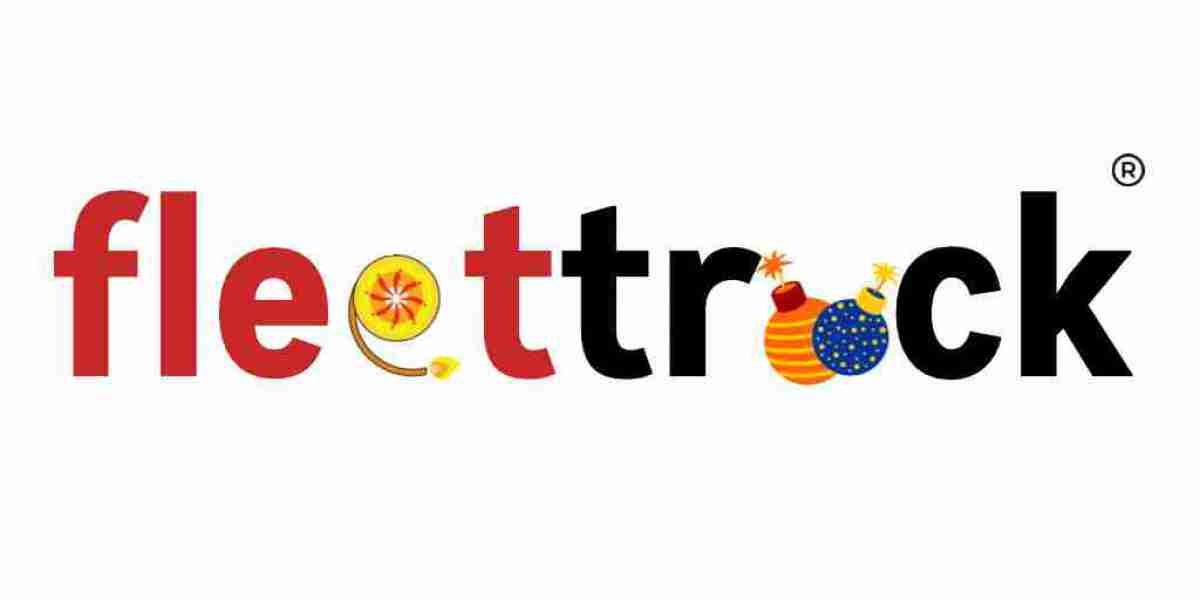In today’s data-driven world, businesses are constantly looking for ways to connect the dots between fragmented data points—whether it’s identifying the same customer across multiple platforms, reconciling records, or optimizing targeted advertising. Two primary methods dominate this space: Deterministic Matching and Probabilistic Matching.
But which is better? The answer isn’t as straightforward as one might think. Both approaches have their strengths and weaknesses, and their effectiveness largely depends on the use case.
Let’s break down each approach, compare them, and explore real-world applications to determine which is best suited for different scenarios.
What is Deterministic Matching?
Deterministic Matching is a rule-based approach that relies on exact, unique identifiers to match data points. It works by using fields like:
- Email addresses
- Phone numbers
- Customer IDs
- Device IDs
Since this method depends on definitive attributes, it ensures 100% accuracy when a match is found.
How Deterministic Matching Works
Imagine you have two databases, and you want to identify whether a person appears in both. If the same email address exists in both datasets, deterministic matching will confirm a match with certainty.
This is commonly used in:
✔ Customer Identity Resolution – When businesses need a single customer view (SCV), deterministic matching ensures precise identification.
✔ CRM & Marketing Attribution – Matching user actions across different touchpoints for accurate customer journeys.
✔ Fraud Detection & Compliance – Financial institutions use deterministic rules to flag potential fraud based on exact matches in watchlists.
Pros of Deterministic Matching
✅ High Accuracy – Since matches are based on exact identifiers, there’s little room for error.
✅ Reliable for Compliance – Ideal for industries like banking and healthcare that require certainty.
✅ Better for Personalized Marketing – Since it’s precise, marketers can target customers with confidence.
Cons of Deterministic Matching
❌ Limited Match Rate – If a customer uses a different email or phone number, they won’t be matched.
❌ Data Quality Dependence – Errors in data entry (e.g., typos, missing info) can prevent matches.
What is Probabilistic Matching?
Unlike deterministic matching, Probabilistic Matching uses statistical algorithms to determine the likelihood that two records belong to the same entity. Instead of relying on exact matches, it evaluates patterns, behaviors, and contextual data to estimate a match.
How Probabilistic Matching Works
For instance, if a user logs into a website using an iPhone from New York today and later from a MacBook in a nearby location, probabilistic models analyze IP addresses, browsing habits, and device fingerprints to determine if it’s the same person.
This is widely used in:
✔ Advertising & Cross-Device Tracking – Companies like Google and Facebook use probabilistic models to track users across devices when no unique identifier is available.
✔ Data Enrichment & Identity Graphs – Probabilistic matching helps companies enrich customer profiles by linking incomplete or indirect data points.
✔ Healthcare & Research – In medical studies, probabilistic models can match patient records when information is partially missing.
Pros of Probabilistic Matching
✅ Higher Match Rate – Can identify connections even when no exact identifier is available.
✅ Works with Incomplete Data – Useful when users provide different email addresses, names, or devices.
✅ Scalable for Big Data – Essential for large datasets where deterministic matching would fail due to missing fields.
Cons of Probabilistic Matching
❌ Lower Accuracy – Since matches are based on probabilities, there’s always a margin of error.
❌ Privacy Concerns – Cross-device tracking raises concerns about data privacy and ethical data usage.
Which One Should You Choose?
The choice between Deterministic Matching vs. Probabilistic Matching depends on your business needs and industry:
✅ Use Deterministic Matching if:
- You need 100% accuracy (e.g., finance, healthcare, fraud detection).
- Your dataset has reliable, consistent identifiers (e.g., CRM records, loyalty programs).
- Personalized marketing and customer experience matter (e.g., email retargeting).
✅ Use Probabilistic Matching if:
- You’re dealing with incomplete or fragmented data (e.g., cross-device tracking).
- You want to scale insights across multiple touchpoints (e.g., digital advertising, customer data platforms).
- You’re handling massive datasets where exact matching isn’t feasible.
A Hybrid Approach: The Best of Both Worlds
Many companies combine deterministic and probabilistic matching to get accuracy and scalability. For example:
- Facebook’s advertising platform uses deterministic matching (logins) and probabilistic matching (device fingerprints) for cross-device tracking.
- Financial institutions use deterministic matching for compliance and probabilistic models for fraud risk analysis.
- Retailers use deterministic matching for loyalty programs but leverage probabilistic models to analyze browsing behavior.
Final Thoughts
Neither deterministic nor probabilistic matching is universally better—it all depends on your use case. If you require precision and compliance, deterministic matching is the way to go. If you need scalability and flexibility, probabilistic matching offers a more dynamic approach.
Which method is best for your business? That depends on whether certainty or reach matters more in your data strategy.













